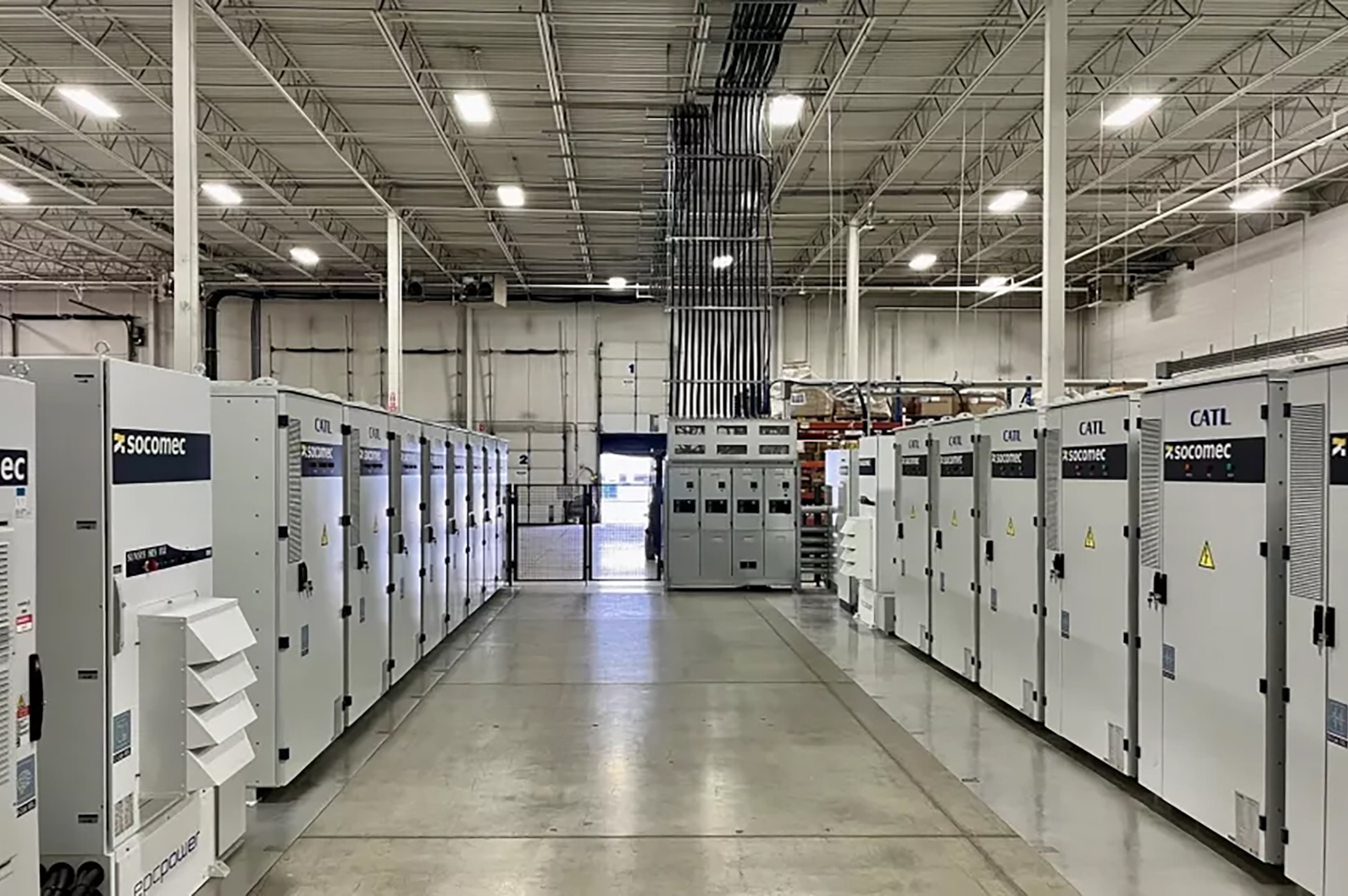Lockheed Martin’s future in Georgia is likely to grow beyond the C-130
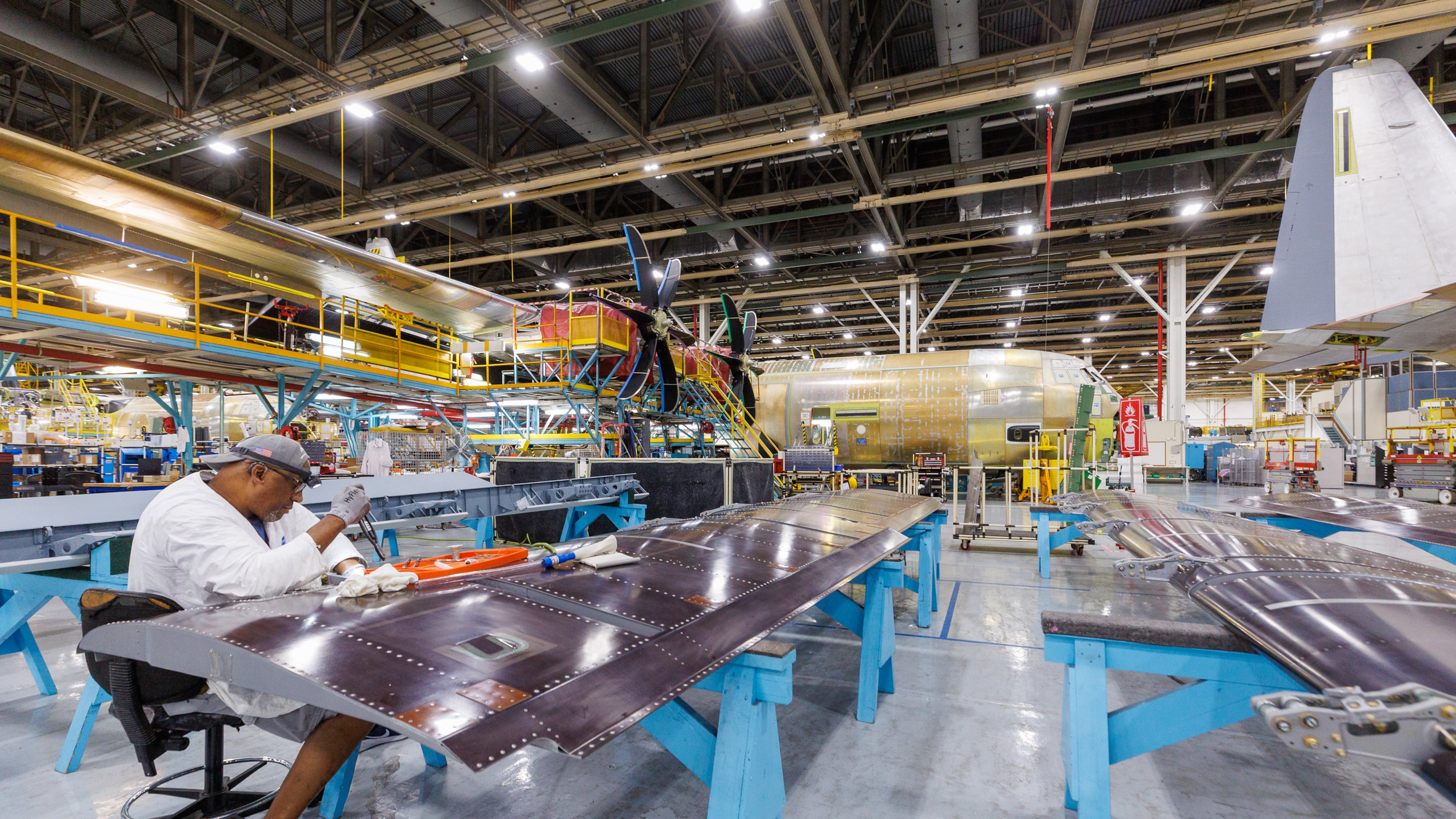
Lockheed Martin Marietta has been a fixture in Cobb County for more than seven decades. And that hasn’t been by accident.
As American military needs have changed, so have the defense and aerospace contractor’s manufacturing lines and workforce training to make sure that the site and its 5,600-member team remain prepared for what’s next.
The company’s top-secret research and development presence in Georgia has been growing; the site has its eye on new aircraft to try to design and build, and it’s also paying close attention to the needs of its neighbor, Dobbins Air Reserve Base.
“We are all about expanding and growing,” said Rod McLean, general manager of Lockheed Martin Marietta and vice president of air mobility and maritime missions, in an interview.
That may seem unexpected since the Marietta location is best known for making the C-130, an aircraft originally designed in the 1950s. It is the longest-running military aircraft manufacturing line in U.S. history, and the program has long faced questions about its future viability.
“We’re constantly reevaluating how we can better utilize the space to support programs … in development, as well as those we’re shaping to capture and win," McLean said.
The C-130 has also stayed in production because of its own strategic evolution, constantly being upgraded to meet the needs of dozens of national customers.
“I share with my team all the time. We’re not going out of business,” McLean said of the C-130. “The point is we have to continue to position ourselves to win the business that’s there.”
Still, Lockheed Martin Marietta doesn’t have all its eggs in the C-130 basket. The 3.4 million-square-foot manufacturing facility also makes center wing assemblies for the F-35 fighter jet.
And then there’s a newer Marietta team doing work few can talk about: Skunk Works, or Lockheed’s highly classified advanced research and development arm.
A “large portion” of the 1,000 employees the company has added to Marietta in the last five years are in that division, McLean said.
Skunk Works “will be the future of the Marietta site,” predicts Jason Schroeder, a representative for the International Association of Machinists union who worked at Lockheed Martin Marietta for two decades.
“There’s no telling what they’re working on now.”
Lockheed “constantly provides a way to evolve to whatever the mission needs are,” said Ember Bishop Bentley, executive director of the Georgia Aerospace and Defense Alliance. “It’s strategic all along.”
And they’re certainly thinking about what’s next, McLean said.
The Air Force has made clear it anticipates the need for a new air-refueling tanker aircraft.
“We know we can make it here,” he said. “And we’re going to position ourselves to make it here.”
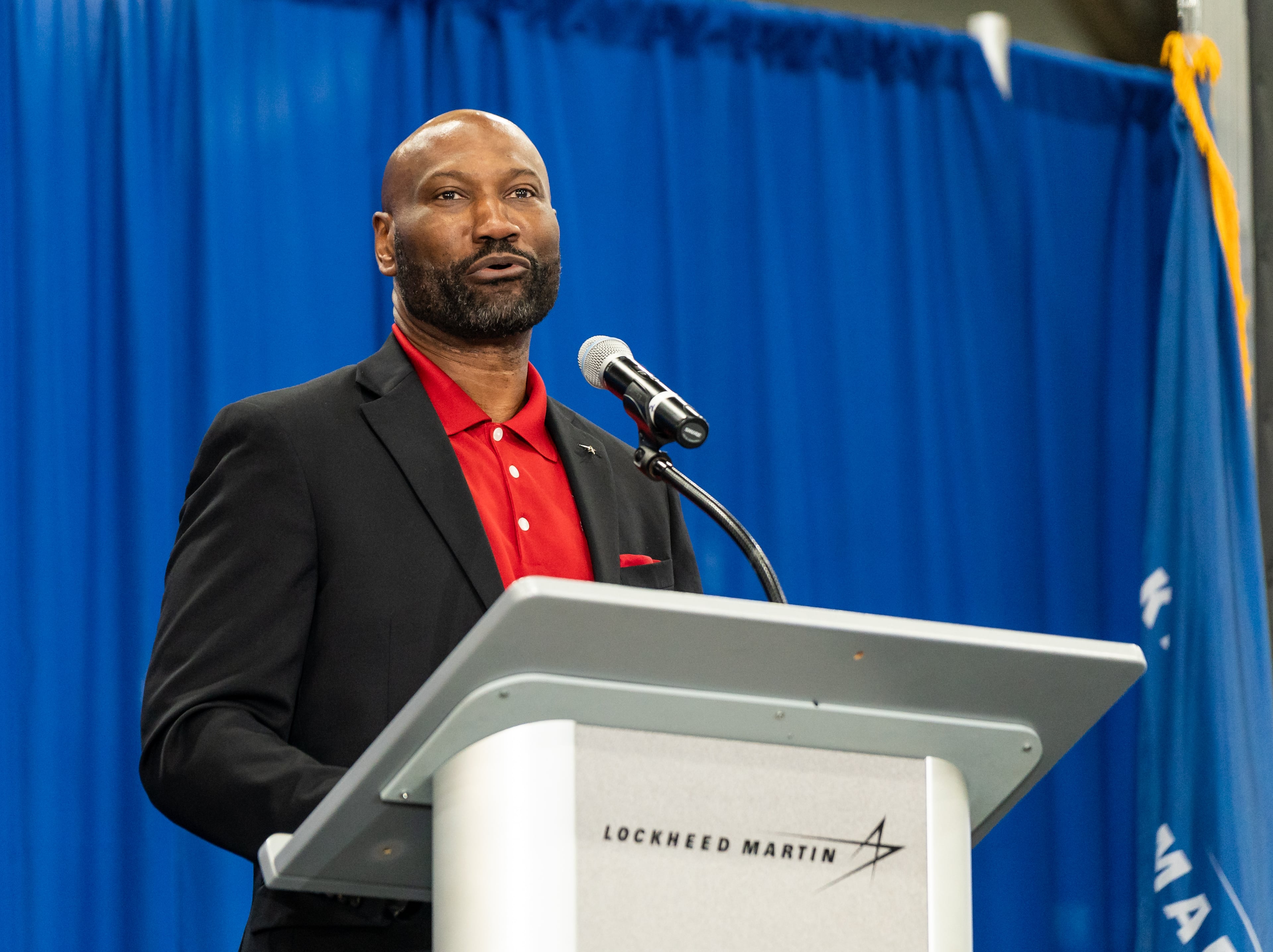
Keeping the C-130 relevant
Marietta’s seven-decade C-130 run started with the C-130 “A” model and is now on the “J.”
Since its first flight in 1954, the “Hercules” has been used to drop bombs and conduct spy and humanitarian missions alike. It can land on and take off from everything from dirt strips in the Himalayas to Arctic ice.
But as global military technology evolves with unmanned aircraft and drones on the rise, the question often comes up: How long can the iconic aircraft remain relevant?
“The C-130 is a fantastic aircraft. There’s nothing in the world that can do what it does, but you can only build so many of them,” said Schroeder — who worked on the C-130 line for years.
“You’re always looking at, when is the last C-130 going to roll off that line? It’s always a worry.”
Part of the problem, Schroeder noted, is that the airplanes are so well built that they can last decades.
That’s in the tagline: “Built to deliver. Built to last.”
About 70 different “operators” fly C-130s, McLean said. Only 28 of them fly the newest J model.
In a statement, Lockheed Martin spokesperson Chris Karns confirmed there are an “extremely limited number” of C-130Bs in use by a few international customers, and at least one Arizona company is still using the A model.
Still, Schroeder notes, the company is “constantly” upgrading the historic plane, its avionics package, its engines, its size.
New software automation has enabled a reduction of crew size from three to two, McLean said.
“We’re driving as much innovation into an old airplane as possible,” said David Logan, vice president of air mobility and maritime missions and Marietta site operations.
Another way they’re doing that, McLean said, is highlighting how the C-130 can work with unmanned systems.
The company recently demonstrated how a special container loaded with drones can deploy out of the C-130 itself.
“It’s not an ‘either/or’: Do we provide crewed systems or uncrewed,” he said. “It’s ‘and.’”
But no matter what kind of aircraft Lockheed Martin is making, Marietta needs a runway to test aircraft and ship them out.
The health of its runway, on its neighbor Dobbins Air Reserve Base, is tied up in the relevance of that base’s mission.
At Lockheed Martin, McLean said: “This facility could not exist if it didn’t have a runway.”
That’s why local chambers of commerce and politicians have raised warnings about the fact that Dobbins remains one of three remaining Air Force Reserve bases not yet slated to receive the newest C-130J aircraft being made next door.
Dobbins still has the older models, and if it doesn’t have the new planes needed for future military operations, the base could be threatened. And that would directly threaten Lockheed Martin’s ability to operate there.
The lobbying effort has a long-term view as well, said Sharon Mason, president and CEO of the Cobb County Chamber of Commerce.
“Many of these major initiatives do take years to bring to fruition, but it’s important to plan ahead and to ensure that we’re continuing to create this great pipeline for our community,” she said.
Lockheed Martin has 350 suppliers across the state, she said.

‘Dark times’
One need only look to this plant’s extensive history for lessons about the need to make sure you’re manufacturing the right product for the moment.
In the mid-1970s, the then-Lockheed Corporation saw some “dark times” in Georgia, said Kennesaw State University historian Randy Patton, who has written two books on the company’s history.
An effort to manufacture C-5 military transport aircraft was “plagued by cost overruns” and “charges of corruption.” Demand was also not what had been hoped, he said.
While at one point Lockheed Marietta was the largest industrial employer in the Southeast, he said, with a 1969 peak of nearly 33,000 workers, employment “almost collapsed” in the mid-1970s.
Lockheed considered closing the facility, he said. The company got a Congressional bailout.
The tale speaks to the risks inherent in defense manufacturing tied up in U.S. government contracts, Patton said.
“You don’t have the luxury of multiple customers for that aircraft,” he said. The C-130 is now used by many countries around the world, but “basically to get that thing and keep it going, you’ve got to have those U.S. government contracts.”
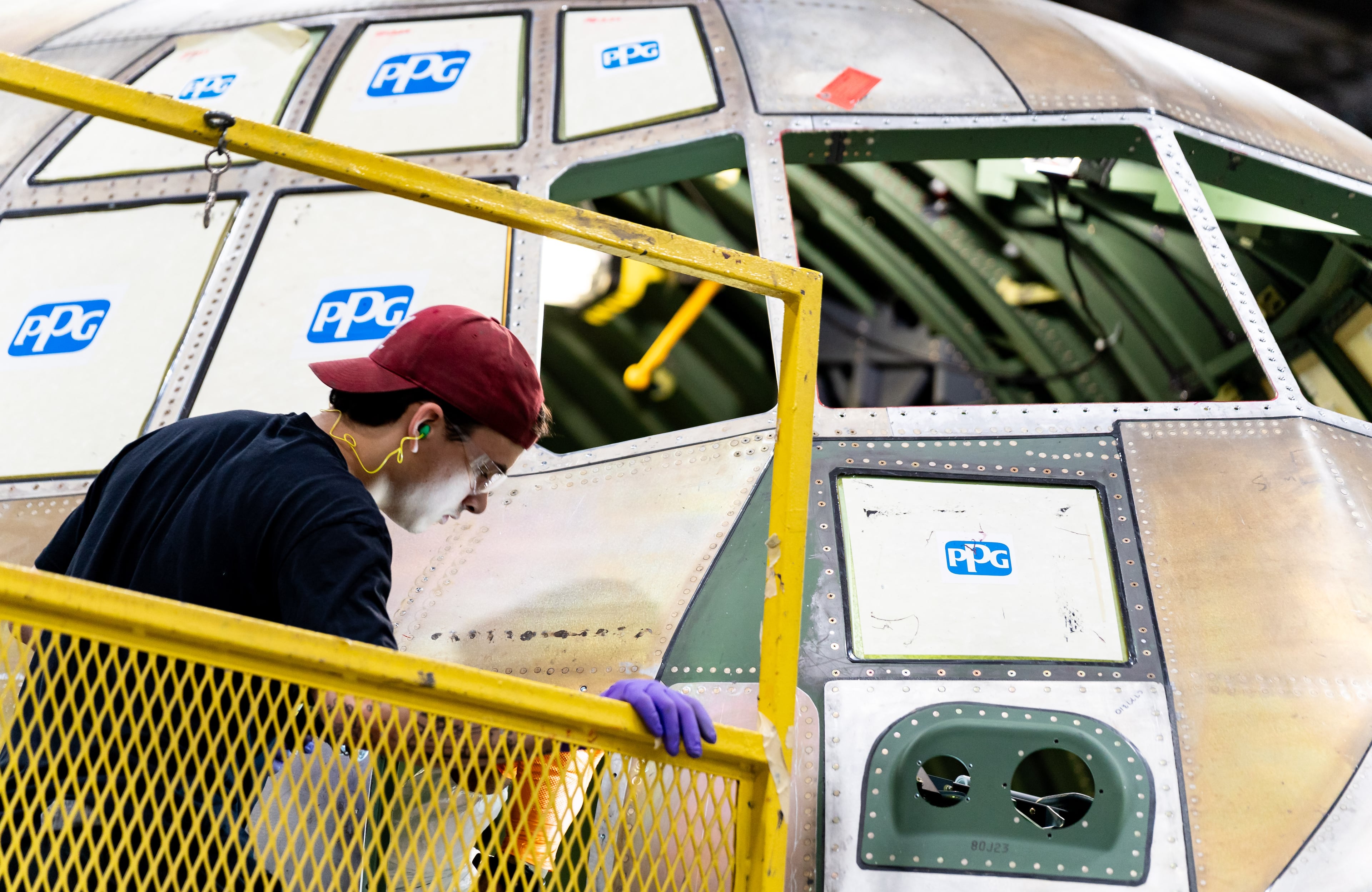
The rise of Skunk Works
Another Marietta manufacturing program to come and go was the F-22 fighter jet.
The last one rolled off the assembly line in 2011 because the stealth fighter was too expensive for the military needs and economy of the time, according to an Air Force article.
But in another example of strategic evolution, what has taken its physical place in Marietta is Lockheed’s advanced research and development arm, known as Skunk Works.
Part of the F-22 line was torn down and replaced with what Schroeder dubs “a box inside a box.”
Indeed, inside Lockheed’s massive main manufacturing building is another set of floor-to-ceiling white walls, accessible only to those with the highest levels of security clearance.
Lockheed first moved some of the top-secret work from Palmdale, California, to Marietta about six years ago, Schroeder said.
“You just can’t walk in there anymore. Everything’s got a scan card.”
However, one project the team has impacted that isn’t top secret, McLean said, is Lockheed’s X-59 quiet supersonic transport airplane, which promises to provide NASA with supersonic flight without a sonic boom.
The aircraft is being built in California, but Georgia engineers helped design it, he said.
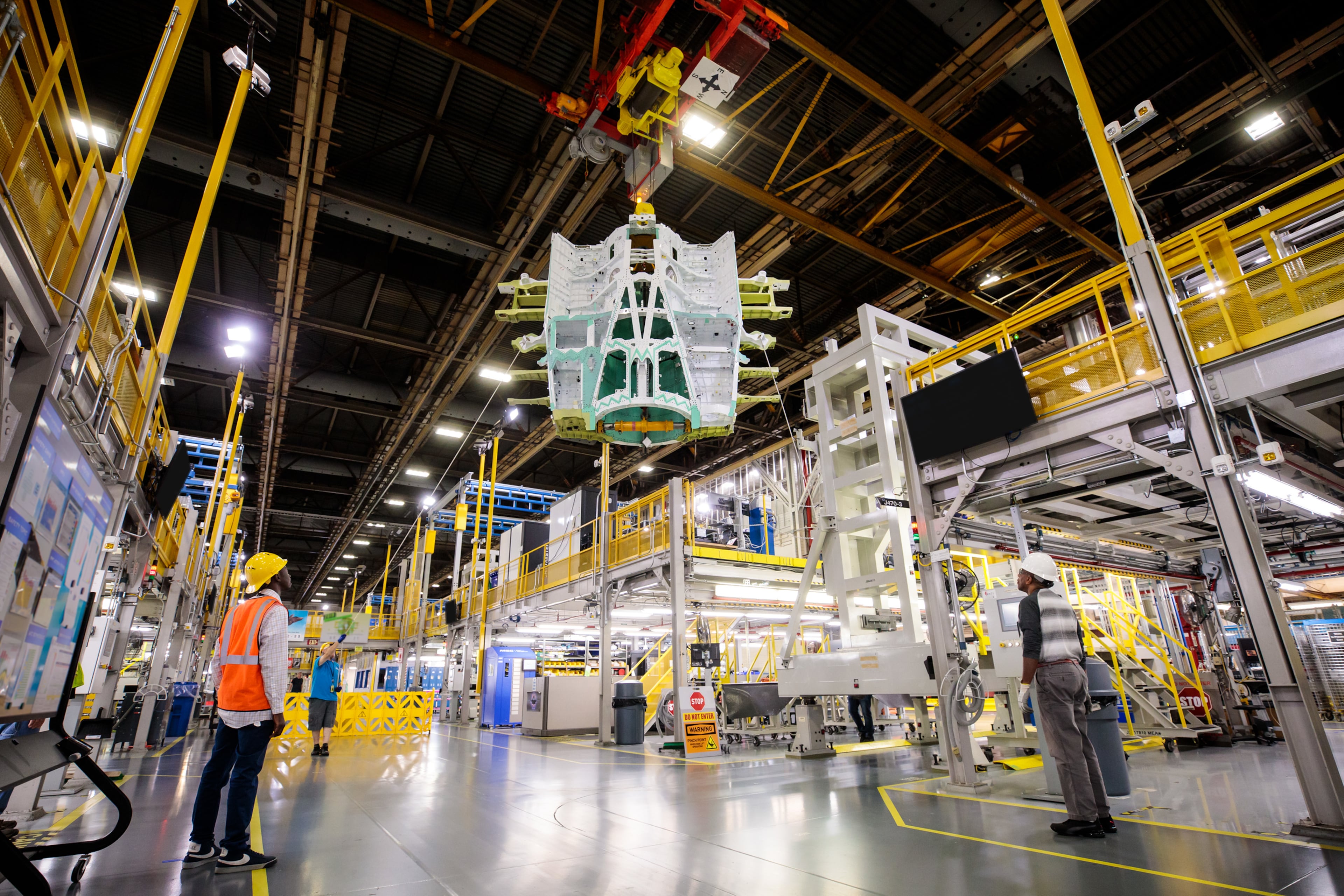
Workforce
To make sure Lockheed Martin in Marietta is ready and able to pivot to programs like Skunk Works, the company has also had to think long-term about its employee base.
While it has historically seen generations of families working at the plant — one employee just celebrated 62 years, McLean said — during the pandemic, Lockheed saw a high rate of retirements and needed new workers, fast.
In response, the company has been ramping up efforts to cultivate young, local talent.
It has developed partnerships with technical colleges and K-12 schools — as well as higher education, to preemptively cultivate needed skills.
“We’re rebuilding that muscle memory that got lost. It’s coming back,” Logan said.
Chattahoochee Technical College last year established a Lockheed Martin training initiative and apprenticeship program. IAM negotiated two new “labor grades” to enable employees to come on board without experience and be trained, Schroeder said.
Georgia Tech Research Institute has a physical presence on the Marietta campus, and a “large volume” of engineers come from the school, Logan said.
Kennesaw State University this year launched an aerospace engineering degree.
“Many of those students don’t necessarily want to relocate to California” for advanced research and development work, McLean said.
He said Marietta’s Skunk Works offers local talent the ability to stay in Georgia but participate in “the conceptual design and the development of our most advanced aircraft programs that exist.”
Editor’s note: A caption in this article was corrected to note that Lockheed Corporation took on management of the Marietta site in 1951.

